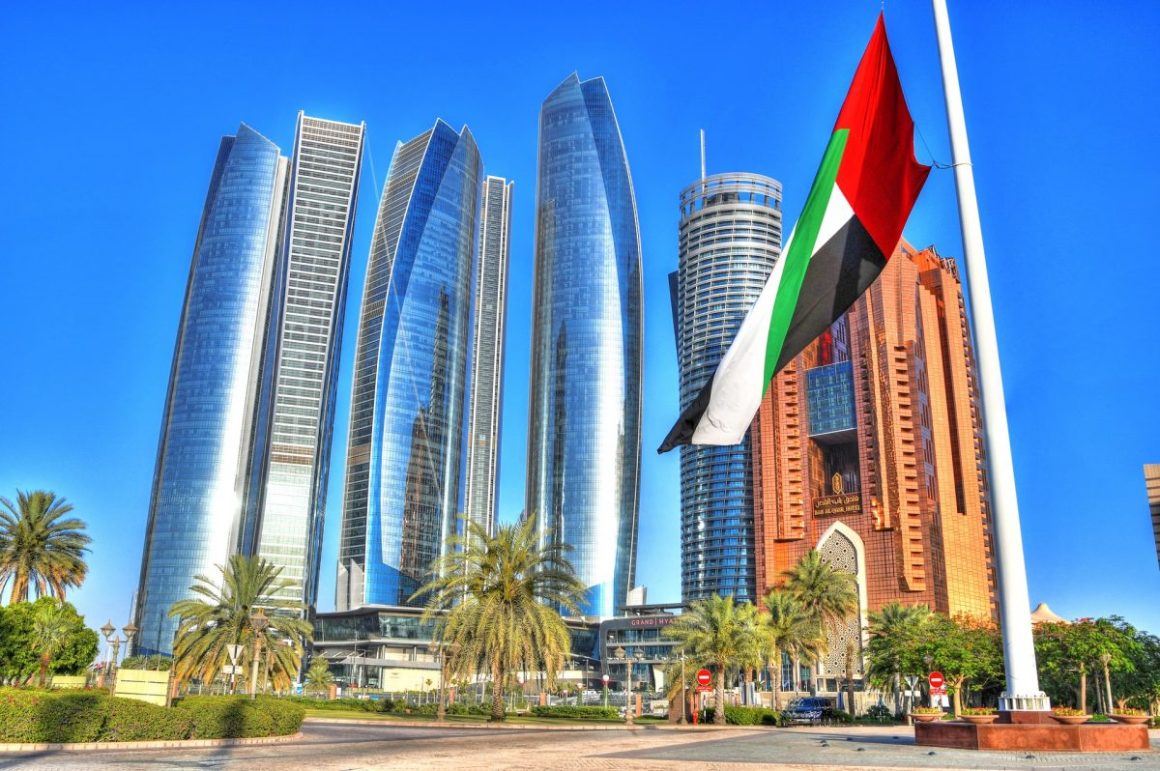Modernising the UAE capital’s public transport vehicles could reduce harmful emissions in the city by up to 90 per cent, a report by Environment Agency Abu Dhabi found.
A study by air quality experts compared emission standards for light duty vehicles in the UAE – including typical Abu Dhabi taxis – with those in Europe.
The country’s current minimum standard for light duty vehicles (LDVs) is Euro 4, an emission class phased out in European clean-air zones in 2005 due to its high levels of air pollutants, which are blamed for serious respiratory problems.
Meera Harara, an air quality expert at Environment Agency Abu Dhabi, said transport contributes to about 34 per cent of nitrogen oxide emissions and about 17 per cent of pollution in the capital, with taxis and buses heavy contributors.
“Our focus was on LDVs, due to them being the majority of the fleet,” she said.
“We saw that 80 per cent of the Abu Dhabi fleet was occupied by privately-owned vehicles, 16 per cent were taxis and just four per cent were public.
“Cars were running on diesel, petrol, gas, natural gas and electric hybrid, so we wanted to see how each type of fuel performed in terms of its average vehicle age.”
Of the taxi fleet, 84 per cent were Toyota Camry models, with vehicles manufactured before 2018 responsible for more than half the total NOx emissions.
Diesel LDVs were the oldest and dirtiest of the four groups of vehicles overall, while public LDVs such as taxis were found to emit more NOx pollutants than privately-owned, petrol-fuelled vehicles.
Using remote-sensing technology on Abu Dhabi streets, analysts tested air quality to see which vehicles were the worst polluters.
The study took place across 15 dates at six sites in the capital and captured 83,000 usable data sets.
Measurements were then validated through emissions data, and licence plate records.
“We’ve compared how we’re performing against the latest models in Europe and seen that we’re emitting 10 times more due to us still being on the Euro 4 standard,” said Ms Harara.
“The implementation of Euro 6 regulations would decrease our emissions by 90 per cent.”
Air clean-up
Steps have already been taken in the capital to clean up the air.
Since the Abu Dhabi Integrated Transport Centre deployed public buses that complied with Euro 6 regulations in 2019, the Environment Agency has seen particulate emissions halved for those vehicles.
A new air quality improvement plan also aims to identify smog hotspots and cut harmful exposure to pollutants.
A network of 22 air monitors across Abu Dhabi, 20 of which are fixed and two are mobile, are analysing air quality.
Those monitors gave a hazardous reading in July due to high winds whipping up dust into the atmosphere, contributing to pollutants.
Sean Maguire, Director of Strategic Partnerships of the Clean Air Fund, said the widespread uptake of electric vehicles was a long-term solution for reducing pollution.
“Air pollution is deadly, and kills or contributes to up to seven million deaths a year,” he said.
“To address air pollution, you must first understand where it’s coming from – one of the big issues is still road transport.
“The gold standard is fleet electrification, but there’s a mountain to climb.
“There’s roughly 1.5 billion internal combustion engine vehicles on the world’s roads at the moment, but only 20 million plug-in electric vehicles.
“In China last year, 4.4 million plug-in electric vehicles were sold, so there is hope.
“That’s where the future is, in terms of dynamic action on air pollution.”

